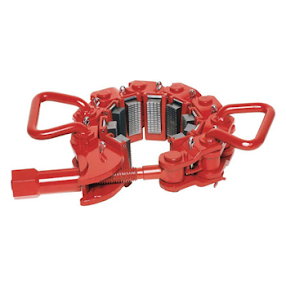All You Need To Know About Single Joint Elevators
We felt it could be good to share everything we believe you might want to know about Single Joint Elevators SJ Series Drilling Elevators with you because there are several range of Drilling Elevators. This center-latch elevator, suspended from a swivel suspension system, is used to replace dangerous rope slings when hoisting collar-type pipe into place. Its design aids crews in properly handling lines, avoiding pipe thread damage, and, when utilized correctly, can dramatically reduce accidents and injury. The elevator's latch system consists of a latch that locks when the elevator closes, and a latch lock pin mounted to the elevator that helps prevent the latch from opening when engaged. API Spec 8C covers elevator connections, tubing, drill pipe elevators, sucker rod elevators, spider elevators, and other types of handing equipment for drilling and production operations. API-certified elevators are strongly recommended to ensure that you get a high-quality elevator.
How to use a type C safety clamp
One of the most important instruments on the Rig Floor is the safety clamp type C. It prevents flush-joint pipe, streamlined drill collars, and other items from falling into the hole while making up or breaking out the string. It offers dozens of cost-cutting and time-saving applications in the oilfield, as well as more excellent protection against fishing jobs. Individual links are flexibly hinged together to form the Safety Clamp. Each link has its tapered slip that works as a gripping member, similar to a pointy rotary slip, and spring tension keeps each drop retracted on the taper. When the Clamp is tightened, each little slide grabs a solid hold on the pipe's surface. If the tube begins to fall or the load against the slips increases, the taper mounting forces each slip to wedge harder against the pipe's surface, increasing the grip or locking the tube against further movement.





Comments
Post a Comment